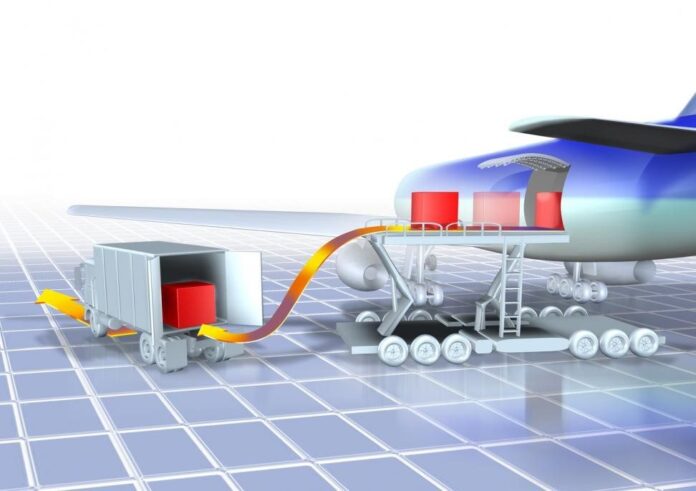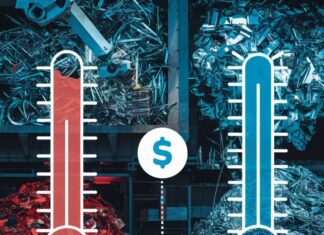The evolution of technology is changing not only individual industries but the whole world. It affects people’s thinking, approach to business development, and the ways of business processes optimization.
The logistics industry, which is one of the critical areas of the world economy, is no exception. It’s constantly in need of optimization, improvement and rethinking. Therefore, business owners actively involve technologies that radically change the logistics sector.
So let’s talk about the logistics technology trends and how they affect the industry.
Autonomous Trucks and Drones
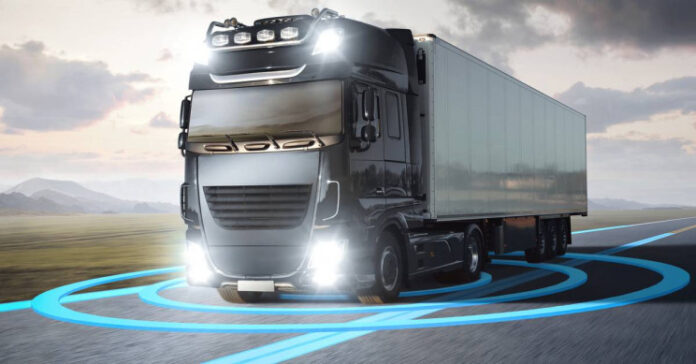
Remember the “Silicon Valley” episode where Jared mistakenly arrived on a cargo ship and then on a private island on an autonomous car? Well, independent trucks that are computer-controlled and easily deliver packages from point A to point B are no longer screenwriter fiction but a new logistical reality. And it’s beautiful.
Giants such as Embark and Uber are actively testing autonomous trucks in long-distance hauls, and there is no need to talk about Tesla’s “monsters”. So far, cars are not completely independent because a person in the passenger seat controls the process. However, the computer controls basically the whole driving process.
As for drones, you can watch a video of package delivery by Amazon Prime Air. Such technology has become especially relevant under the Covid 19 circumstances. Amazon is trying to maintain its market leadership in every possible way, so autonomous drones for package delivery are no longer a fantasy but a real business solution.
So, drones and autonomous trucks are a huge step for logistics technology. And they are radically changing the approach to the business processes organization in the logistics industry.
Internet of Things (IoT) and Radio Frequency Identification (RFID)
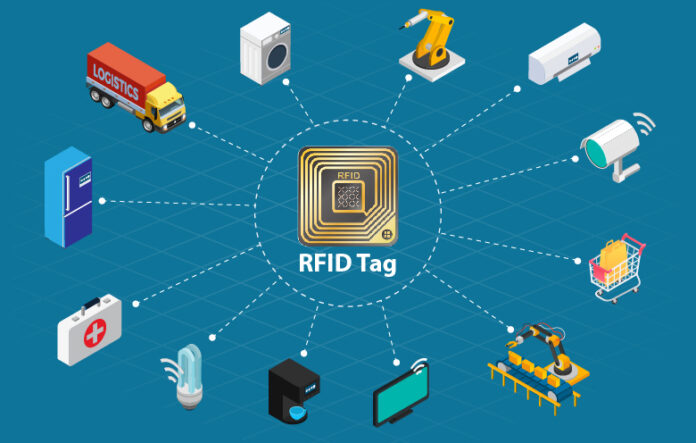
Net of Things or Internet of Things (IoT) is what makes our lives comfortable with Wi-Fi access. You probably already change the lamp brightness or the temperature on the thermostat through the iPhone application. You could also have seen the “Automated Customer Service” episode of the “Love Death + Robots”series, where automated homework robots begin to hunt down retirees. Well, before that, the old lady controlled them with the mobile app.
Of course, the Net of Things’ future is not so dystopian for humanity. Instead, it’s actively implemented to optimize the supply chain and logistics technology, and reduce risks, delivery costs, and delays. The dispatcher monitors the situation with the help of sensors built into the truck cab or cargo ship system. Thus, IoT allows you to have accurate visibility when transporting goods and improve their distribution.
RFID technology, i.e., Radio Frequency Identification, is actively used in logistics and transportation software development (for more info, click here). It helps logistics companies effectively track packages. Each package or product is labeled with a sensor that sends radio waves. In this way, the company’s employees can quickly obtain the necessary data on the container’s location.
Shipment Tracking Systems
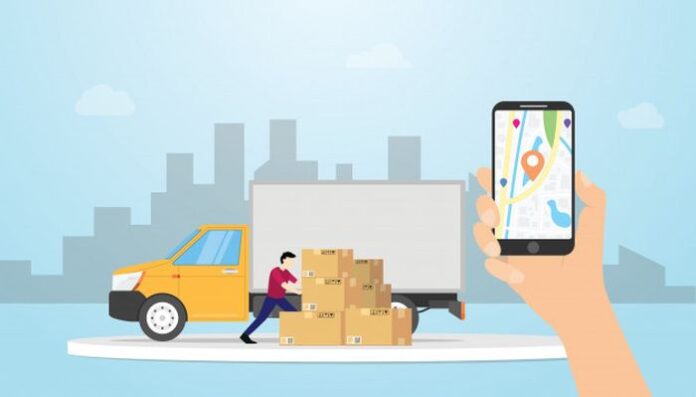
Modern shipping tracking systems allow you to update the data about package location and the approximate date of its arrival in real-time. Courier software also includes features such as 24/7 order tracking, online booking, shipment management, online payment, etc.
It’s a huge step further for the future of logistics because now you can receive data about the packages directly on the smartphone, and this data will be regularly updated and relevant. It is much easier for the company’s employees to serve customers and plan or optimize each delivery.
Big Data
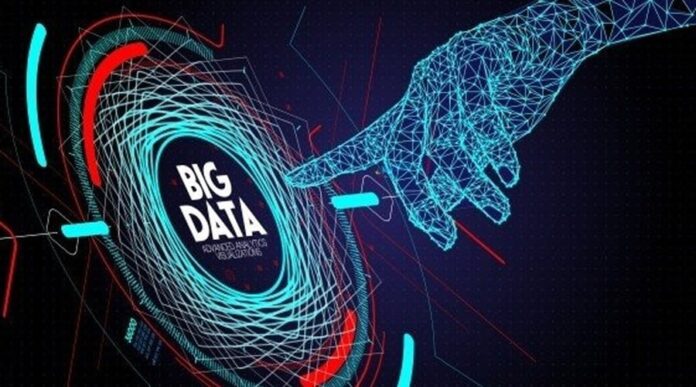
Most client-oriented companies try to predict what the users want before placing an order. And in this regard, data and artificial intelligence technology in logistics are key tools.
Such technologies do not simply collect a huge amount of data, most of which is useless. They create predictable analytics that can be used to determine a clear behavioral pattern for customers.
What’s this got to do with logistics? Amazon, for example, uses Big Data and AI to create a sort of intended delivery, i.e., “anticipatory shipping”. After collecting and analyzing data about your orders, AI creates a clear behavioral pattern. If, for example, you have ordered a book by a specific author and his next novel is coming out soon, the delivery of this product will be organized in such a way that this book is in the nearest warehouse. So when you order it, you’ll get it immediately.
GPS Accuracy
GPS is not a new technology in logistics, but it does one of the critical tasks. Therefore, improving the accuracy and quality of GPS is a sure step forward, which allows you to achieve several goals:
- creation of optimized routes for trucks, ships, etc. without spending time and human resources on it;
- accordingly, reduction of delivery time due to the optimized transportation route;
- control of vehicle movement due to the built-in GPS,
- improving the safety of transportations.
The technology allows you to pave routes with even the slightest impact factors, such as weather and road conditions. Therefore, it’s dramatically changing the world of logistics, where speed and security still play a crucial role.
Conclusion
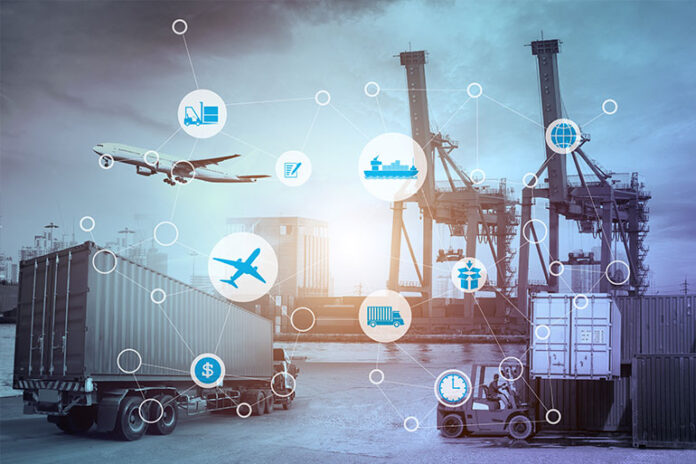
We’ve talked about just a few technologies that can radically change the world of logistics. There are many more options that dramatically affect services in this area, including blockchain, new approaches to e-brokerage, etc. However, the technologies mentioned above may change the field of commerce really soon, in the foreseeable future.
Logistics companies have come a long way from cumbersome and complex delivery systems to predictive analysis and data processing. New cargo protection and tracking technologies, user-friendly applications for a better user experience, and process automation are excellent advantages of the digital world of the future.
So, in order to get a competitive advantage and stay afloat, you will have to implement new solutions, as well as upgrade old systems and business processes. You should pay attention not only to practical updates (such as tracking, protection, etc.) but also to working with information. Artificial intelligence’s proper analysis and capabilities are the keys to a perfect understanding of the user’s desires and needs.
